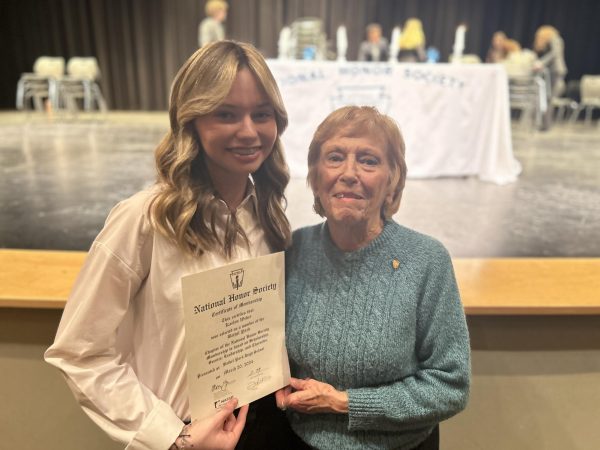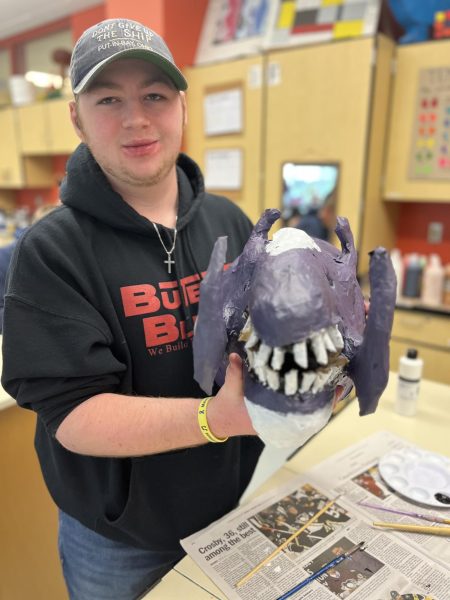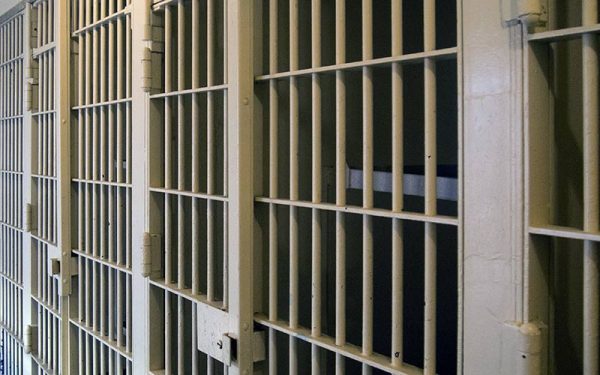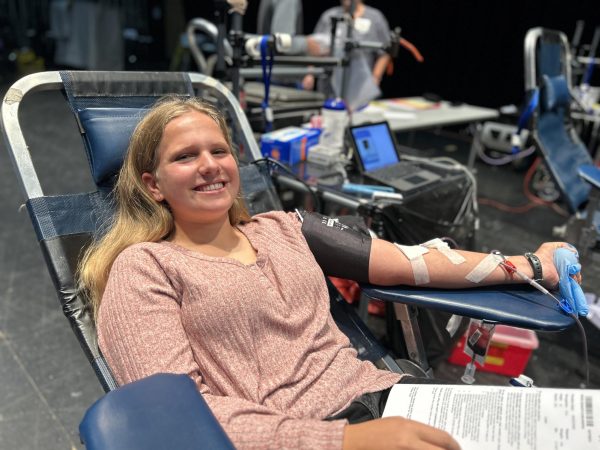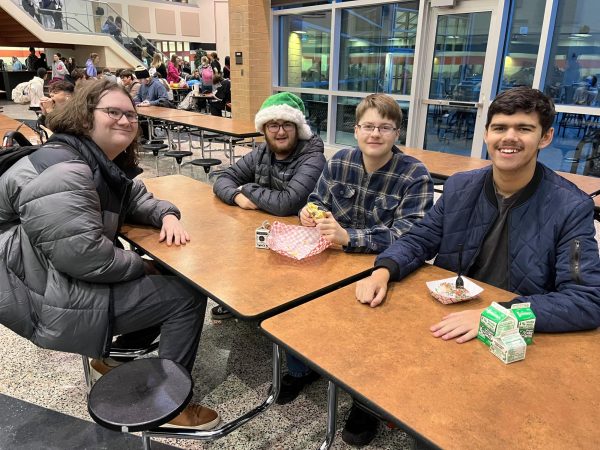Rural Pennsylvania concerned about vaccine delivery issues
There has been a recent hearing in Pennsylvania about distributing vaccines and setting up more health clinics in rural Pennsylvania. The request was for $100 million provided in federal funds to set up more of these vaccination clinics in rural Pennsylvania.
Health Secretary Dr. Rachel Levine explained during the hearing that the money they need in federal funds will go to open mass vaccine clinics as well as hire people to distribute them. Money is also needed to generally supply the vaccines.
In rural Pennsylvania, Dr. Rachel Levine also said that mainly, and almost only, the Moderna vaccine is necessary for the rural areas. This certain vaccine has to be stored frozen, so more urban areas have better access to these freezers than rural areas.
The priority list for the vaccine was needed to have more attention. This included making sure seniors from age 65 to 75 received the vaccines first, as well as people above 16 years of age with severe health conditions.
Another problem with getting vaccines out to rural areas is how spread out the population over there is. There would have to be many clinics surrounding almost the entire area of the middle of Pennsylvania.
Dr. George Garrow, chief medical officer of Primary Health Network has said, “We purchased a mobile truck, we are ready for the road.” This is a reference to mobilized freezers to distribute vaccines. Steven Johnson, president of UPMC Susquehanna, said another concern would be convincing the citizens of rural areas to actually take the vaccine.
Citizens who live in rural areas have said that getting even a chance to get the vaccine for themselves and their families is a major struggle. A 66-year-old man, James Russell, has tried to get a vaccine for weeks and has had no updates on getting one.
However, Mr. Angrist from Squirrel Hill (87 years old), got his entire family vaccinated and cared for within one week with very fast service. The vast divergence of availability is concerning when looking at how little service people in rural areas get.



